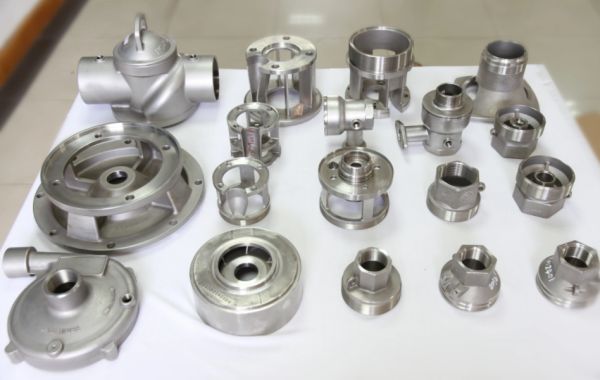Precision casting, also known as investment casting, is a lost wax casting process widely used to produce ferrous and non-ferrous metal parts. Unlike other casting processes, precision casting produces net shape parts with excellent surface finish and dimensional accuracy. This manufacturing process is ideal for applications with relatively low volumes (100 to 10,000 pieces) or rapidly changing product designs.
Through precision casting, we can cast nearly 200 alloys. These metals range from ferrous metals (stainless steel, tool steel, carbon steel and ductile iron) to non-ferrous metals (aluminum, copper and brass). When casting in vacuum, super alloys can also be used. The only process that matches the breadth of this material is machining, but it cannot produce the complex geometries that precision casting can provide.
Because precision casting uses consumable molds and ceramic housings, it is ideal for complex and detailed part designs. The process makes complex parts that are difficult, if not impossible, to machine, forge or cast. Examples include internal passages and ports in valve bodies, curved vanes in impellers, and internal cooling passages in turbine blades. A key obstacle to prototyping and short-run production is injection mold time and cost. Every precision casting requires a wax pattern, which is injection molded. As design complexity increases, tools often become too expensive and time-consuming to make prototyping and low-volume production practical.
Buscar
entradas populares
Categorías








